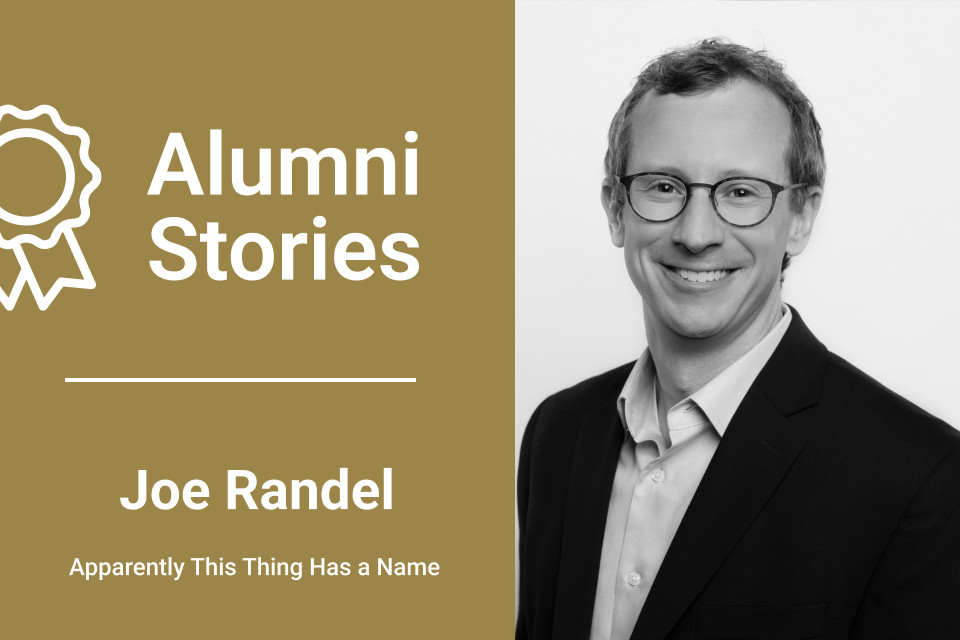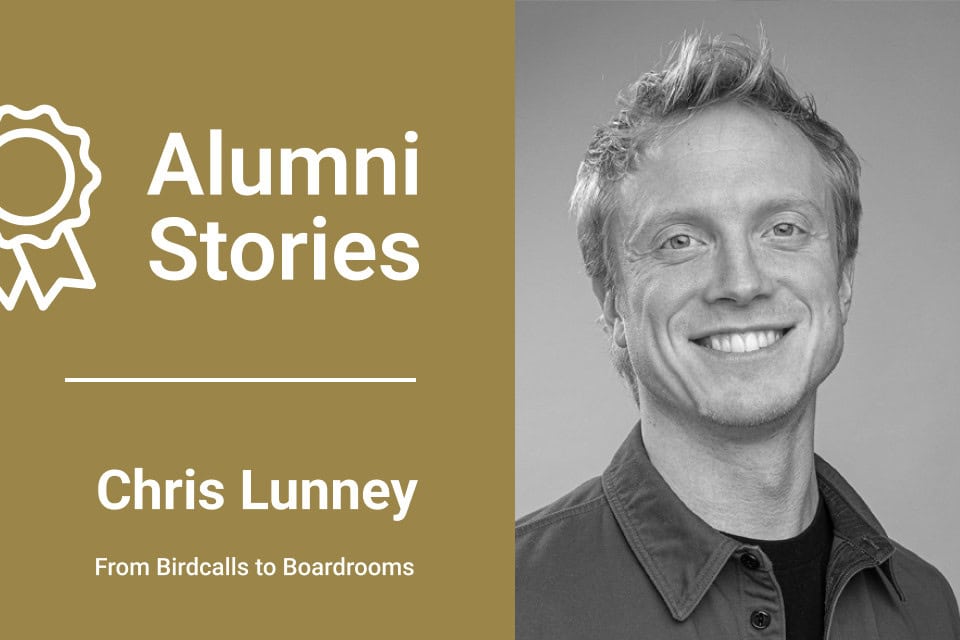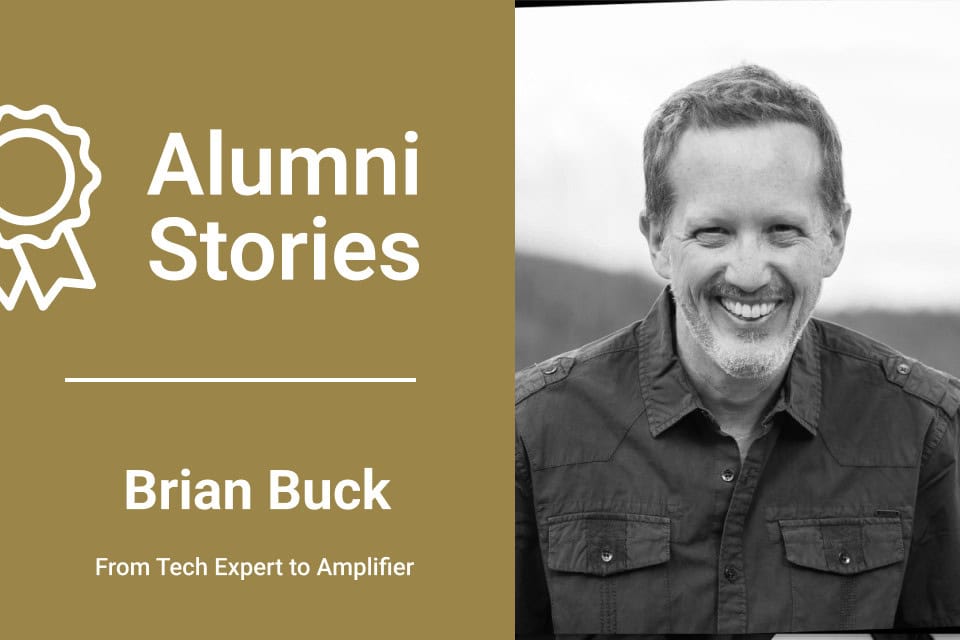How Varsha discovered the magic of facilitation and built a new future rooted in empathy, creativity, and courage
When I think back to the moment that changed everything, it was a day-long design thinking workshop at Cisco. Our new director announced it almost casually, and I remember thinking, “Wait, what is this? A meeting that lasts a whole day?” I was curious, but skeptical. Then I walked into the room. Flip charts. Sticky notes. Music playing. Bright colors and warm welcomes. Nothing like the grey, boxy meeting rooms I was used to. That shift in space and energy felt like stepping into a different world.
We weren’t just talking about customer experience; we were creating solutions in real time. Ideas were flying. People were energized. We went from asking big questions to building real ideas together. It was the first time I felt every part of my brain switch on, both the analytical and the creative. After that session, I walked straight up to my director, Vivasvan Shastri,who we affectionately called Vivaand said, ‘I want to do more of this.’ He didn’t hesitate. Viva was the kind of leader who believed in experimentation and empowering his team. He invited me to shadow him in future workshops, and that’s where my journey as a facilitator truly began.
He told me he was facilitating these sessions himself and welcomed me to shadow him. That was the beginning. I didn’t know it was called “facilitation” at the time. I just knew I loved it. Even when I wasn’t getting paid for these sessions, even if it meant late nights or working with teams I’d never met, I said yes. For six years, I said yes again and again.

Even during the height of COVID, we found ways to recreate the magic virtually,using Webex to design breakouts and maintain connection. I kept learning and growing, and somewhere along the way, I realized this wasn’t just a hobby. This was me discovering who I really was.
What struck me most was how facilitation disrupted the rigid hierarchies I was used to in corporate life. It created a horizontal space where ideas mattered more than titles, where collaboration felt authentic. It was a world where creativity had a seat at the table, and everyone had a voice. That contrast made me realize just how powerful these spaces could be,and how much more alive I felt in them. It wasn’t just a better way to work. It was a better way to be.
Building Creative Culture in Bangalore and Beyond
Back then, I was based in Bangalore, working in Cisco’s customer experience team as part of professional services. I’d started as a network consulting engineer,. Once I got hooked on design thinking, I became one of the founding members of an internal Design Thinking Club. Whenever someone needed a session, they called us.
We ran training programs for aspiring leaders, facilitated strategy alignment workshops, and brought design thinking into the core learning path for technical architects. It started with four or five of us, and then more junior team members started joining in. We taught them how to facilitate, how to bring others into this new way of working. I had no idea facilitation could be a full career.I just knew it was something I couldn’t stop doing.
Eventually, I moved to Cisco’s Poland office. That meant starting over. Nobody was doing this work there yet, which actually became my opportunity. I introduced the idea with a simple Design Thinking 101 workshop for my team. Then I pitched it to others-the innovation lead, people who were curious. Word spread. Folks from across Cisco remembered me from my Bangalore days and reached out. Viva, my mentor, even connected me with people in the Poland office. It all came together.
We started doing innovation challenges, hackathons, even design sprints for Cisco partner companies. These weren’t giant corporations.They were small startups with raw ideas. They needed structure, speed, and support. That’s when I really fell in love with the process. Helping people go from vague ideas to tangible solutions in a matter of days? That felt like magic.
A Leap into the Sea
After three years in Poland, my husband and I decided to move to the Netherlands. I tried for over a year to make that relocation happen internally within Cisco. I did stretch assignments, shadowing programs and everything I could think of to show initiative. But the timing wasn’t right. Between the war in Ukraine and the economic downturn, things stalled.
I started to question everything. I had always identified as a “corporate person.” Was I really ready to walk away? And if I did, what would I do? I loved innovation and facilitation, but could I build a career around that? That messy middle forced me to go deep.
Through research, I discovered that facilitation is not just a skill,it’s a profession. That lit a fire. I’d been facilitating for years, but never formally trained in it. I knew I needed to invest in myself. I came across an article comparing facilitation programs. It had all the details: cost, curriculum, who it was for. That’s how I found Voltage Control.
I applied for the certification and joined the community hub. Almost immediately, Lina welcomed me. Within minutes, I was invited to a volunteer call, where I met Robin. She said, “The best way to learn is to jump in.” So I did. I asked, “Is there a community here for independent facilitators?” She said, “No, but you can start it.”
Jumping In, Building Together
That conversation with Robin was the beginning of our independent facilitator community. I reached out to Adriana, who I had met at a Facilitation Lab Practice Playground. I said, “Want to co-lead this with me?” She said yes immediately. Our energies clicked right away, and soon we were co-hosting our first huddle.

At first, I wasn’t sure if I was ready. I remember saying to Robin, “Can I really lead something like this? I just joined the community.” But she encouraged me wholeheartedly. “Don’t worry about it,” she said. “You’ll have all the support you need. If you’d like a co-lead, we’ll help you find one.” That kind of trust and encouragement,before I’d even proven anythingwas incredible. It made me feel like I belonged.
Adriana and I got on a call to brainstorm what this community could be. I shared my vision for a space where independent facilitators could lean on each other, share resources, and talk about the challenges that come with building a practice solo. She was equally excited, and we got aligned quickly. It was clear that we were creating something we both wished we had earlier in our journey.
When we posted about launching the community, the response was overwhelming. I think it was the most engaged post I’d seen in the hub. So many independent facilitators needed support. They needed connection. And here we were, building it together. That was the moment I realized Voltage Control wasn’t just a certification program. It was a real, living community,one that empowers you to lead even before you feel “ready.”
Confidence Through Clarity
When I first considered the certification, I hesitated. It was a big investment, and I wasn’t used to paying for training out of pocket. I reached out to Jamie and asked if I could speak with the instructors. Erik got on a call with me, and I had 30 minutes before I needed to catch a bus. But just 15 minutes into the call, I made up my mind.. He listened. He understood. He didn’t try to sell me. He simply saw me.
That same night, I enrolled.
From the very first week, it felt like going back to school. Books, readings, rich conversations. I devoured The Art of Gathering by Priya Parker and started posting weekly reflections on LinkedIn,something I never thought I’d do. The cohort was incredibly diverse, which opened my eyes to how facilitation shows up across cultures and disciplines. Conflict resolution, DEI, design thinking and so many more..
Working on my portfolio helped me clarify my purpose. What kind of clients do I want to serve? What kind of work gives me energy? The portfolio became the foundation for my website and outreach strategy. And the coaching calls with Eric were everything. He didn’t give generic advice. He helped me find my path.
Holding Space That Transforms
Since completing the certification, I’ve facilitated several projects. But one stands out.
Adriana and I hosted a Women’s Day workshop. Our goal was to create a safe space where women could share their fears, challenges, and hopes. What happened in that session moved me deeply. Women shared stories of job loss, personal injury, and two years of unemployment. They felt seen. They connected.
One woman realized she was obsessing over job hunting not because it was her real priority, but because she thought it should be. Through the session, she saw that her health and personal goals were where she wanted to focus. That insight changed everything for her. As facilitators, we carry a responsibility to hold space for transformation. That day, I felt it fully.
Designing What’s Next
Right now, I’m exploring the Foundation Sprint framework recently shared by Jake Knapp. I’m passionate about helping early-stage startups navigate ambiguity and bring ideas to life. I’ve used the sprint process for my own business and seen how clarifying it can be.
My focus is now on working with founders and product teams,people who are creating something new and need help getting out of their heads and into collaboration. I plan to partner with founder meetups and startup hubs to bring this work to more people.
If you’re considering the certification, don’t wait. Just go for it. Especially if you’re thinking about a career change, this can be your foundation. It gave me the confidence to leave corporate life and step into my role as an independent facilitator. It’s not just about learning tools,it’s about discovering your purpose and stepping into it with clarity and support.
This isn’t just a program. It’s a turning point.


